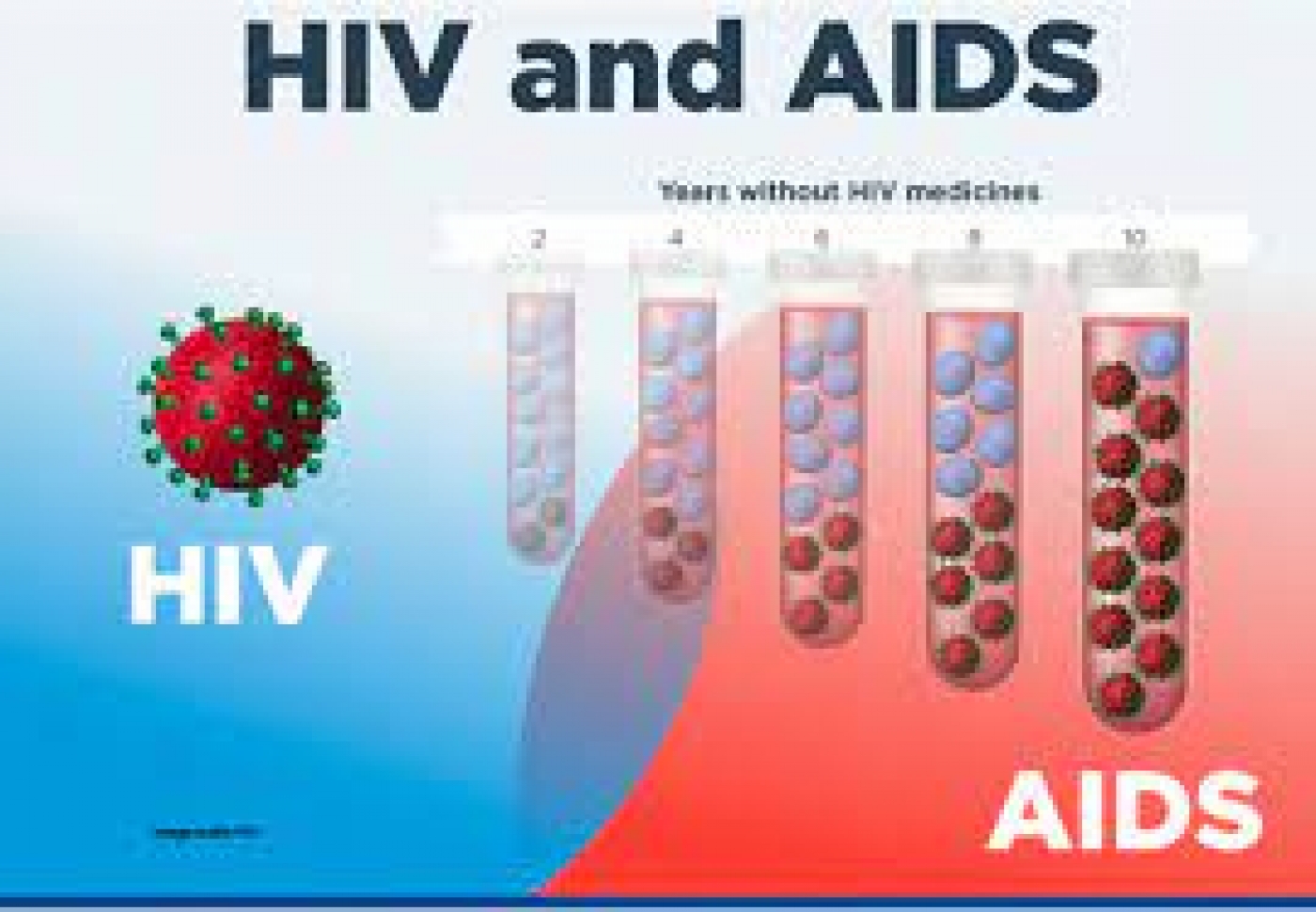Other LGAs with high HIV prevalence rates are Ojo, Apapa, and Ikorodu.
The report finds that the high HIV prevalence rate is among people aged 15-64 years across the LGAs.
It also indicated that the prevalence rate in Eti-Osa is at 6.1 per cent; Ibeju-Lekki 3.1 per cent; Epe 3.1 per cent; Ojo 3.1 per cent; Apapa 2.9 per cent and Ikorodu 2.8 per cent.
“According to the report, HIV prevalence among adults in Lagos state is 1.3 per cent, with women accounting for 1.9 per cent compared to men at 0.8 pe rcent.
“The report also put the overall viral load suppression prevalence among adults living with HIV at 42.0 per cent,” Abayomi noted.
The Commissioner said the report provides recommendations and a path to effectively address the epidemic with a focus on targeted community-level testing, care and treatment strategy especially in the areas with high HIV prevalence and low testing coverage.
According to the World Health Organisation, HIV continues to be a major global public health issue, having claimed 36.3 million [27.2–47.8 million] lives so far.
The WHO stated that there is no cure for HIV infection, but noted that with increasing access to effective HIV prevention, diagnosis, treatment and care, including for opportunistic infections, HIV infection has become a manageable chronic health condition, enabling people living with HIV to lead long and healthy lives.
“There were an estimated 37.7 million [30.2–45.1 million] people living with HIV at the end of 2020, over two-thirds of whom (25.4 million) are in the WHO African Region.
“In 2020, 680,000 [480 000–1.0 million] people died from HIV-related causes and 1.5 million [1.0–2.0 million] people acquired HIV.
“To reach the new proposed global 95–95–95 targets set by UNAIDS, we will need to redouble our efforts to avoid the worst-case scenario of 7.7 million HIV-related deaths over the next 10 years, increasing HIV infections due to HIV service disruptions during COVID-19, and the slowing public health response to HIV,” WHO said.
Source: HealthWise







